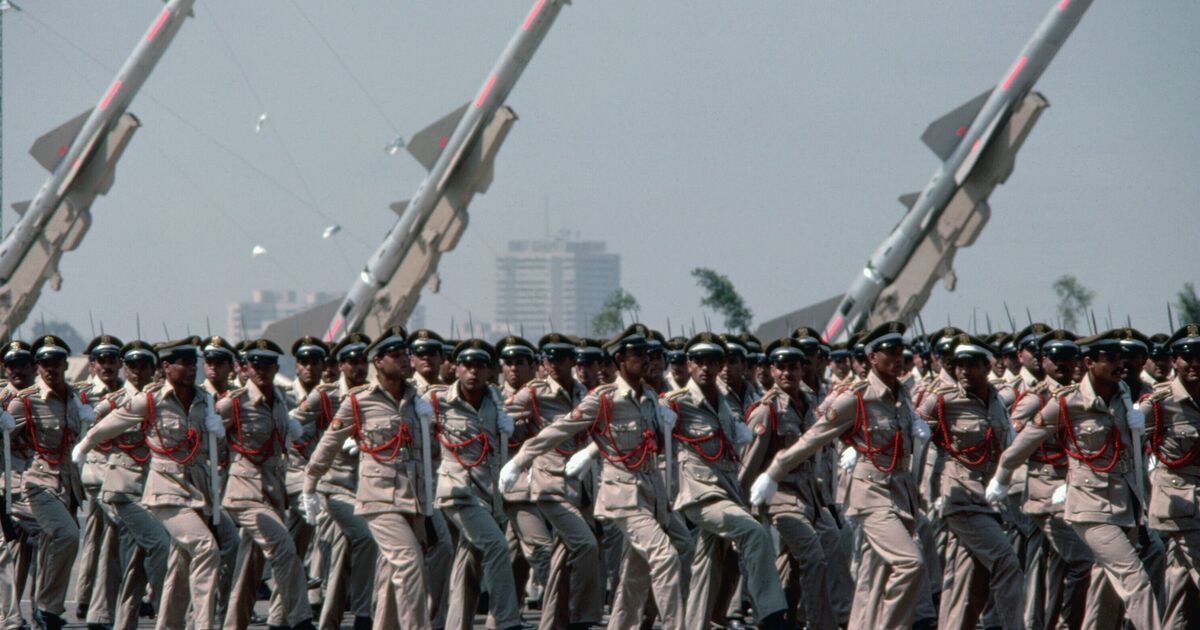One African country has an army six times the size of Britain’s, run on a military budget around eight times smaller. Not only does the North African country have the largest army population on the continent, it was also the tenth largest in the world with 450,000 active soldiers, according to the Global Firepower Index review.
The country invests in such a huge army for an array of factors, including the protection of its borders with Libya to the west, Sudan to the south, and Palestine and Israel to the east. It also has the largest natural gas field in the Mediterranean Sea ‘Zohr’, which is protected by the Navy. Egypt, the African military powerhouse, had around 350,000 more than Britain’s 72,510 trained army soldiers numbers in April 2024, according to Ministry of Defence statistics.
Egypt also has 300,000 paramilitaries and 480,000 personnel in its reserve, bringing the total military personnel to 1.2 million.
The total size of the full-time UK armed forces was around 148,230 personnel, with more than half in the Army, and the remainder equally split between the Royal Navy/Royal Marines and the Royal Air Force.
Despite its vast size, Egypt’s defence budget of £7.29billion was also around eight times smaller than the expenditure of the British army, which was reported to spend around £58billion in 2023, according to Stockholm International Peace Research Institute (SIPRI) data.
The Egyptian Armed Forces generate substantial revenue for the military through involvement in infrastructure projects, as well providing goods or services.
It also had a smaller spend than nearby countries in the Middle East, with data showing Turkey spent around £12.2billion and Iran £7.9billion in 2023 – which have larger armies.
It ranks tenth globally, behind China which had more than two million active personnel in 2024, while India, the United States, and Russia each maintain around 1.45million.
In total, the country was ranked as the 15th global military power out of 145 countries in the Global Fire Power Index 2024, which considered over 60 factors, such as military unit quantities, financial capabilities, logistics, and geography.
It found no direct link between a nation’s economy or population size and its military or defence budget, as smaller economies can allocate substantial budgets to defence or maintain active soldiers.


